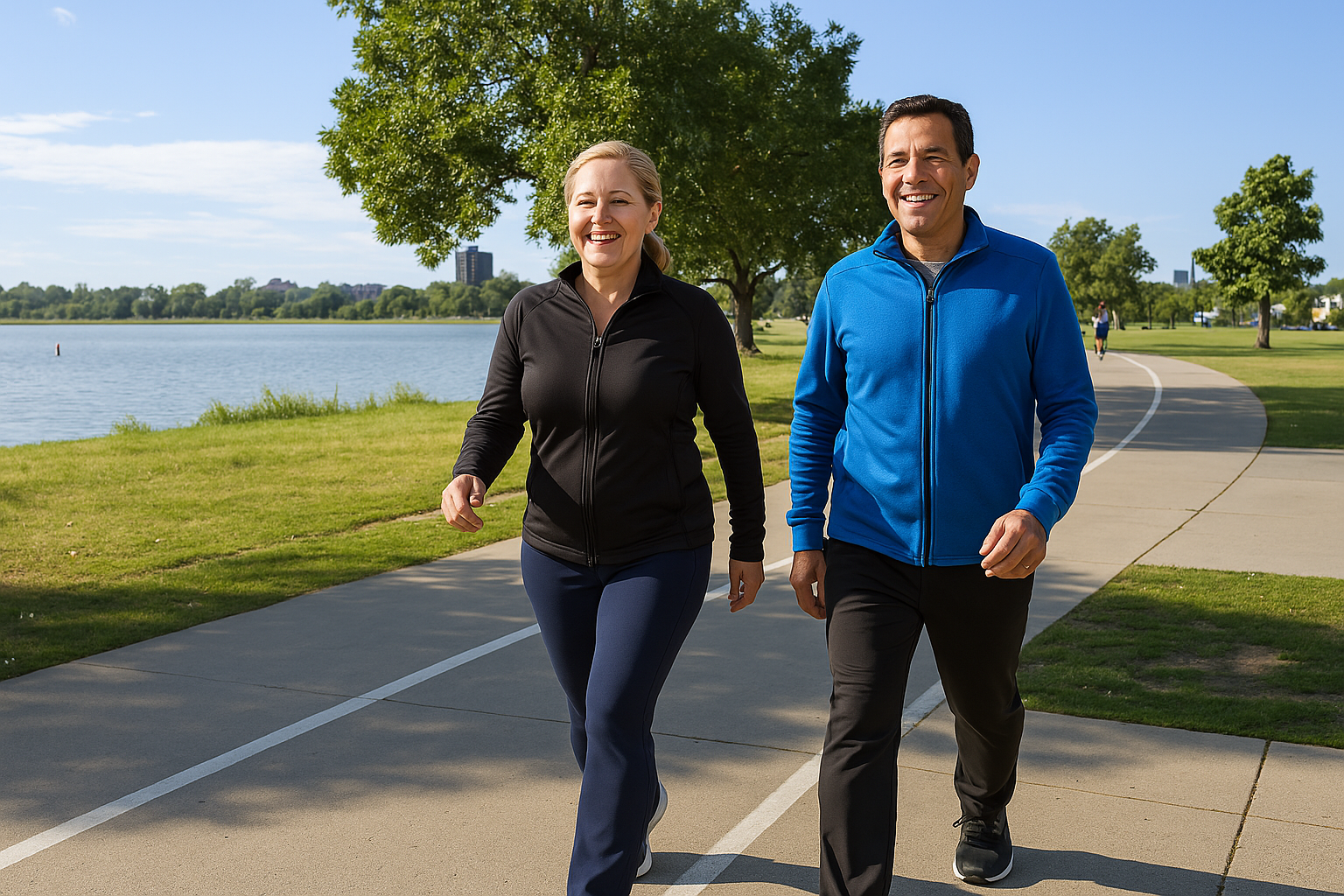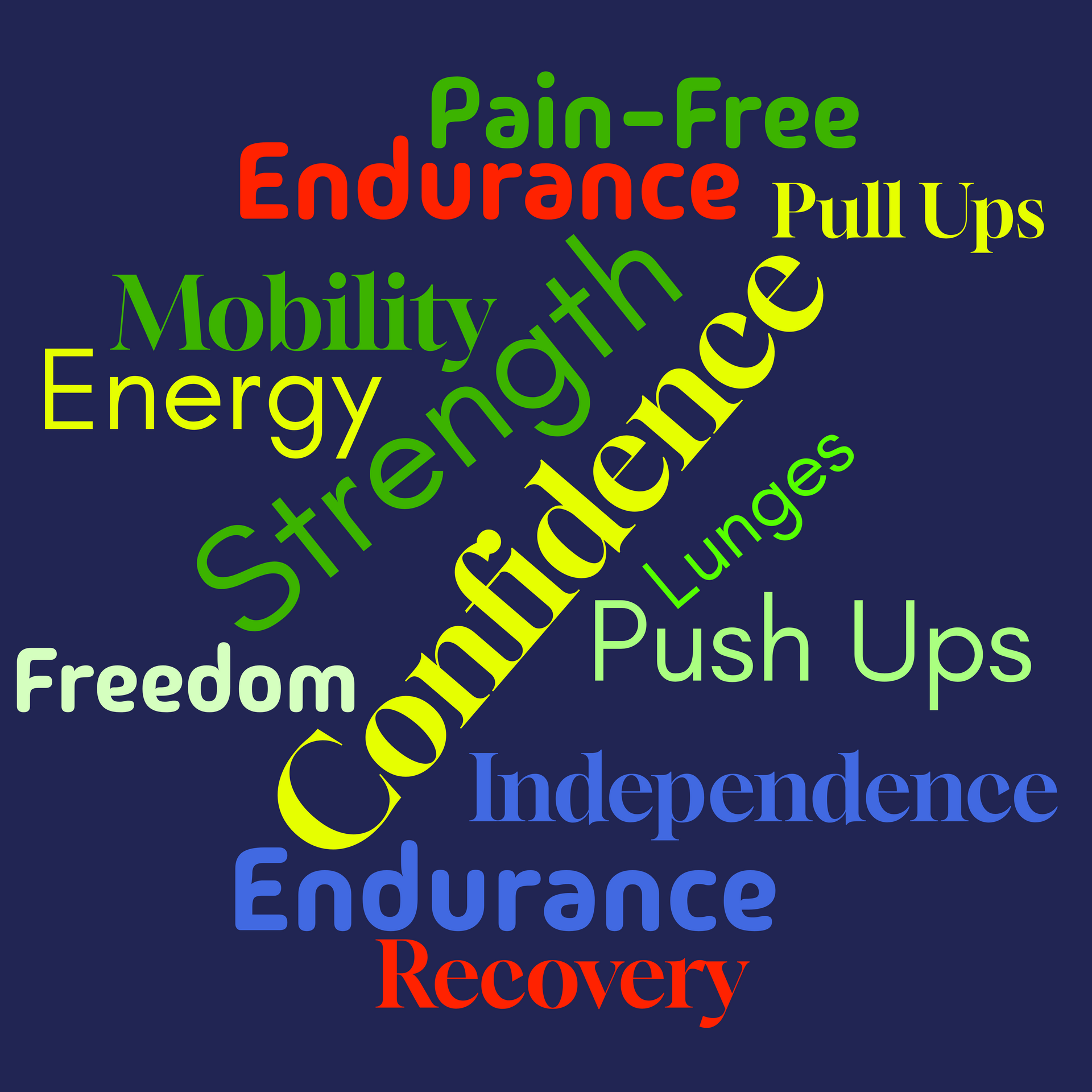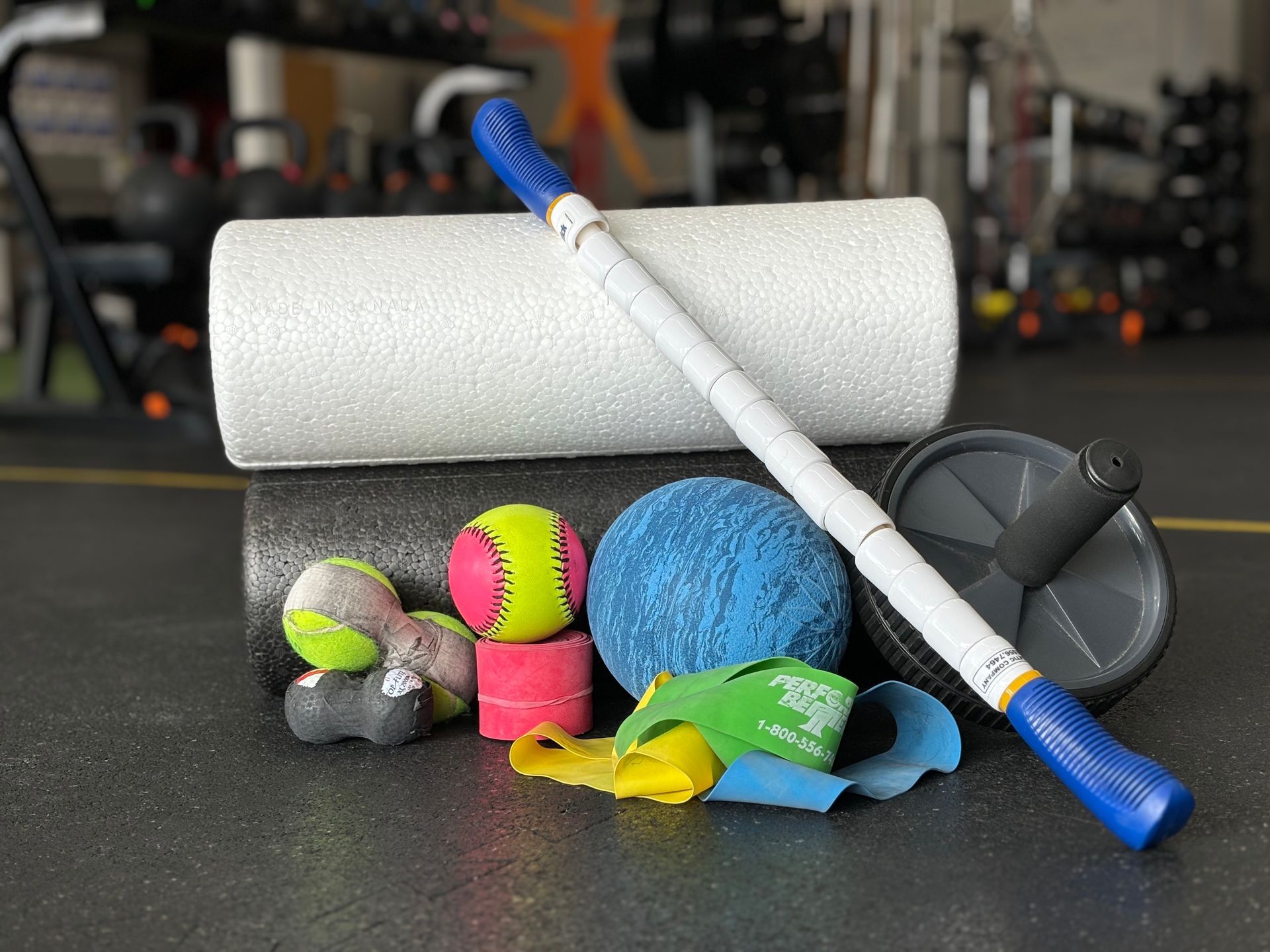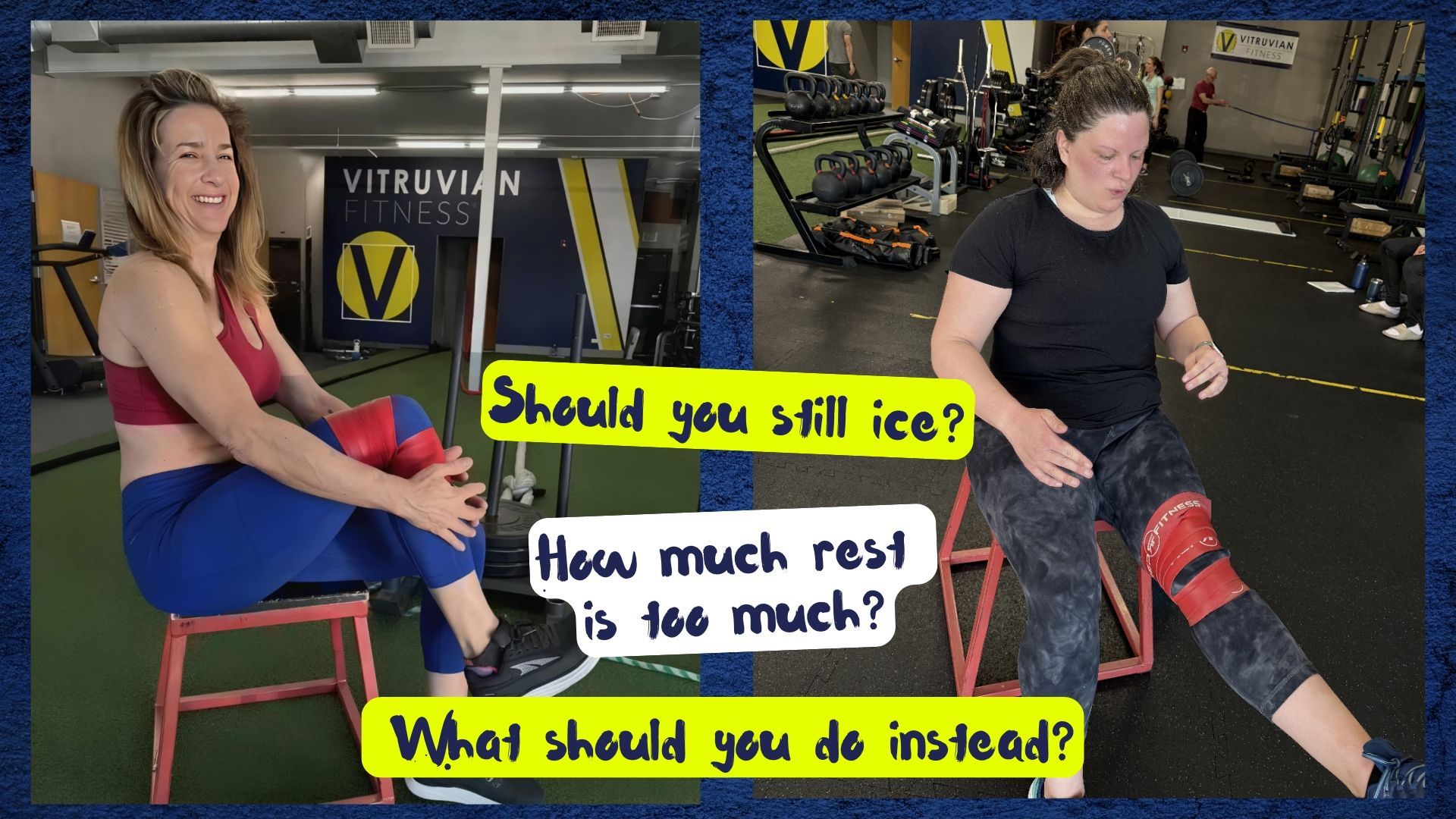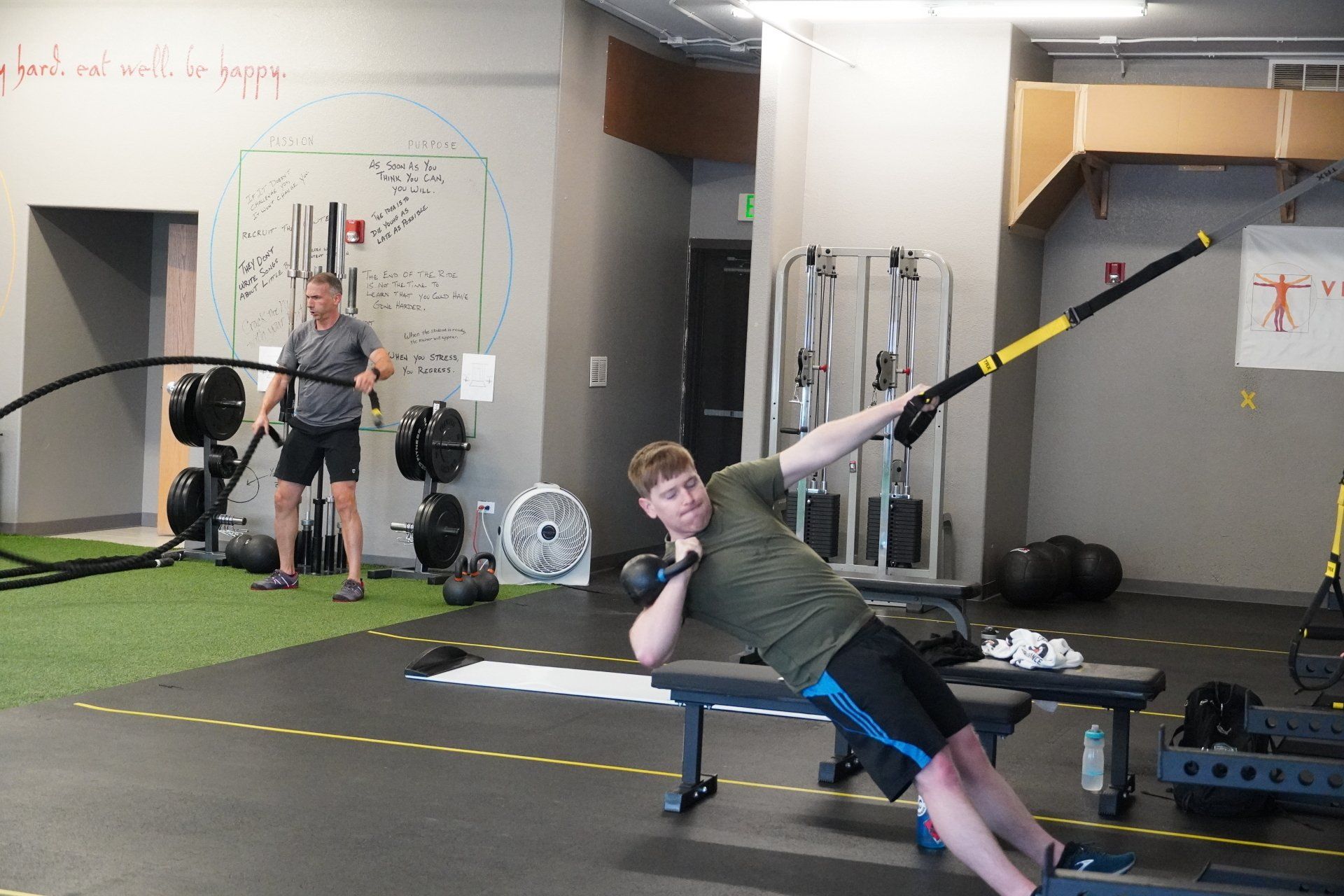We’re Moving!
** Update — June 13, 2015 **
Here’s the latest information regarding our move.
On Thursday evening, we finally got the lease for the new space to review. Some of the details took longer to work out than others but we think we’ve got them all smoothed out now. After a pretty thorough review of the document, we’re ready to sign it! That should be done Monday or Tuesday and we can begin the next phase which is getting the space ready for working out.
In the meantime, we’ve also got two different temporary locations working. For personal training, my home gym has been set up as our temporary training floor. We’ve got the weights, TRX, rowers, bikes and all the other tools set up for personal training. It’s actually a pretty awesome set up. The training hours are limited, however. Check the schedule and if you can make them work, you can buy and schedule special interim sessions here. These are discounted from our normal rates.
For Group Exercise Classes, we’re taking it outside to Berkeley Lake Park! As soon as the city approves our POFA permit, we’ll have classes scheduled at 6am Monday, Wednesday and Friday and 6pm on Tuesday and Thursday. I’ll have another link set up to make reservations as soon as we get the permit. The park entrance is on Tennyson St at 48th Ave directly adjacent to the underpass below I-70. These classes will be as fun as they are challenging and will be appropriate for all ability levels. If you want to blow it up, you’ll be able to. If you need to take it easy and ramp up slowly, you’ll be able to do that, too.
Shoot us an email if you have any questions about anything. We’re really looking forward to getting moving again!
** UPDATE — MAY 31, 2015 **
This is the latest information we have to share about our move.
We have been working around the clock (literally, if you count the times I’ve woke up in the middle of the night) trying to secure our new location. It’s been much more difficult that we anticipated.
The good news is that we’ve found our future home. The less than good news is that means we’re closed for a few days until the new space is ready for us to move in. There is no bad news.\
The new location is very close to our previous location. Conveniently situated in Sunnyside near 44th and Federal, the new Vitruvian Fitness is substantially larger and has parking and other awesome amenities. If you’d like to get updates as they unfold, please subscribe to our email list AND like our Facebook page.
We are very excited – hope you are, too!
– Previous Post –
The next time you come to Vitruvian Fitness, you’re going to notice a big sign in the window.
As many of you know, our lease expires at the end of May. It’s always been our intent to relocate to a bigger location at that time, so we’ve been scouring the area for the past year now in preparation for our move.
Here is what I can share with you at this time.
Between now and May 29th, it’s business as usual at 3212 Tejon St.
We are still actively negotiating our new lease, but discussions are progressing solidly and looking good for our new location to provide all of the “non-negotiable” features we desire. These are the key features our soon-to-be new space will have and I’m excited to share this sneak peek of details:
- 3000+ usable square feet
- concrete floors
- 12-14 foot high ceilings
- showers
- ample parking
- northwest part of town
- reasonable rent
During the month of May, the tenant improvements will be made, new equipment will be delivered and installed and we’ll move everything else over after we close the doors at 3212 Tejon on the 29th of May.
For those of you who have been around for the nearly 5 years that we’ve been in this location, you watched us gut this space and build it from the ground. You also watched us expand into the current TRX room—a space occupied by an accounting firm when we initially moved in—and add classes, instructors and sublease our back room to Denver Sports Recovery and Rehabilitative Acupuncture.
We’ve been very fortunate to be one of those small, local business success stories, in that we’ve been able to steadily grow and expand to the point where we now need to move into a bigger space. Our landlord, Larimer Associates, has been a very fair and generous landlord and whoever takes over this space next will be lucky to continue the legacy of successful businesses who move up and on to bigger and better things.
In addition to the “real-estate” phase of the relocation, many of you have already had lots of questions, such as:
- Where is the new location?
- What will change about training and group classes?
- What happens to my existing package or membership?
- What if I don’t like the new location or if it’s not convenient for me?
- Will you have some crazy-awesome pre-sale to kick off the new location?
These are all great questions which will be answered very soon, but in the meantime, go ahead and assume the best possible scenario to your question.
I’ll be saying thank you to a lot of people over the next couple months for making Vitruvian Fitness such a great community and place to get better looking and more interesting at parties. I’ll start now. Thank you.
More to come . . .
You might also enjoy these posts . . .

